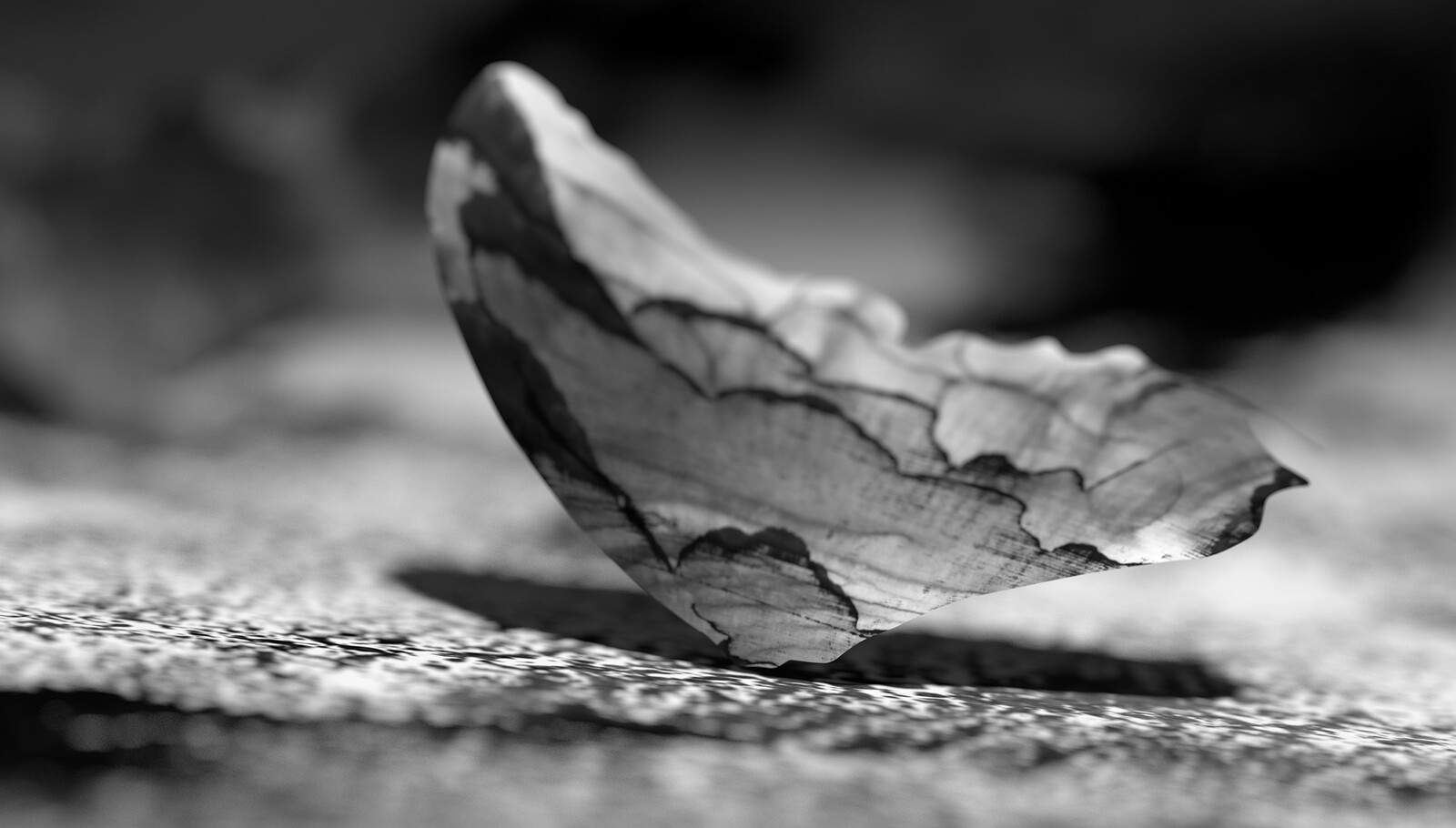Electric Spinning Gaze
June 16–September 22, 2019
Creiler Pl. 1
45768 Marl
Germany
T +49 2365 992257
skulpturenmuseum@marl.de
The Skulpturenmuseum Glaskasten Marl is pleased to present Electric Spinning Gaze, a series of new works by the artist Katja Davar.
In Electric Spinning Gaze, Katja Davar explores the topic of metamorphosis both on stage and in nature via the processes of folding and unfolding, spreading and receding, and the opening and closing of wings—processes that in nature are normally geared towards attracting an audience. Consequently, Davar’s project revolves around the inseparability of culture and nature, a phenomenon that Donna Haraway describes as “natureculture.”
Electric Spinning Gaze evolved from an examination of the American dancer, choreographer and inventor Loïe Fuller’s (1862-1928) “Serpentine Dance.” Shortly before the dawn of the moving image, Fuller experimented with abstract choreographies in which her voluminous, billowing silk costumes interacted with brilliantly-coloured lights, magic lantern projections and other optical theatrical devices—a spectacle both as electrifying as it was electrified. Contemporary critics welcomed it as the impending birth of “a new art” (Paul Adam), or, to quote the poet Stéphane Mallarmé, it was “the intoxication of art and industrial accomplishment at the same time.” According to Mallarmé, it followed that Fuller’s performances also demanded “a new kind of gaze (…) a transparent projection of the gaze, through—rather than at, its subject.” Davar uses Electric Spinning Gaze to examine the historical context of the Serpentine Dance and, over and above that, to focus on our increasingly entangled relationship with technology.
The silk worn in the “danse serpentine” is deployed in Davar’s project as a prismatic and dynamic screen through which to examine an aspect of the early history of the moving image: the transition from live performance to cinema/celluloid, from the concrete moment of actual movement on stage to the abstract time of cinematic illusion. Electric Spinning Gaze illustrates this shift in the history of cinema and the intermediality between moving silk and the cinematic screen through the inclusion—among other things—of footage by the Lumière Brothers, who filmed performances of the Serpentine Dance and coloured the footage by hand in order to reconstruct the quasi-cinematic effect of Fuller’s colourful projections.
The titles of Davar’s own films, shot with a high-speed camera, refer to artistic studies in light and colour as well as to lyrical poetry of that era. The abstract sequences of organically streaming textiles in a virtual landscape reinterpret aspects of Fuller’s performances—such as the butterfly motif—in which movements, captured at 1,800 frames per second, suggest a world in slow-motion and reveal processes that would otherwise be invisible to the naked eye. Via a motif drawn in ink, Airbourne Language (2019) refers to organic flight patterns of the butterfly. Peacock shadow never black (2019) deploys found fabrics, such as parachute silk and is not unlike a cinematic rendering of Mallarmé’s fascination with “pli selon pli” (fold by fold). “The fold,” Gilles Deleuze remarked in Le Pli. Leibniz et le baroque (1988), “is undoubtedly Mallarmé’s most important term, not just the term, but rather the operation, the operative act that makes him a great Baroque poet.” The 3-D animation Tugs on a thread (2019) generates the act of unfolding using the spreading movements of wings (butterflies, moths and other winged creatures) as a cross between a natural process and digital illusion.
A series of large-scale abstract pencil drawings, inspired by Matthias Grünewald’s drapery studies from 1511, suggest figures on stage, whereby here too the wrapped pleats seem to represent the human figure analogous to Fuller’s “untraceable” body within the abstract, billowing folds of silk, “displaying the potential of a body by hiding it” (Rancière). Your Mobile Soul, a series of multi-layered, expansive drawings on canvas, transforms a moth’s patterns of flight into abstract codes.
The dimly-lit exhibition space recalls the darkened stage where Loïe Fuller performed her new “new art” and which Jacques Rancière described in Aisthesis (2011) as the “stage of a new world where art and science come together.”
Curator: Georg Elben
About the Skulpturenmuseum Glaskasten Marl
The Skulpturenmuseum Glaskasten Marl is part of the town hall in Marl, which was completed in 1967. It was designed by the Dutch architects Johannes Hendrik van den Broek and Jacob Berend Bakema as a Brutalist Stadtkrone or ‘city crown’ in the vacant heart of the newly-planned town.



